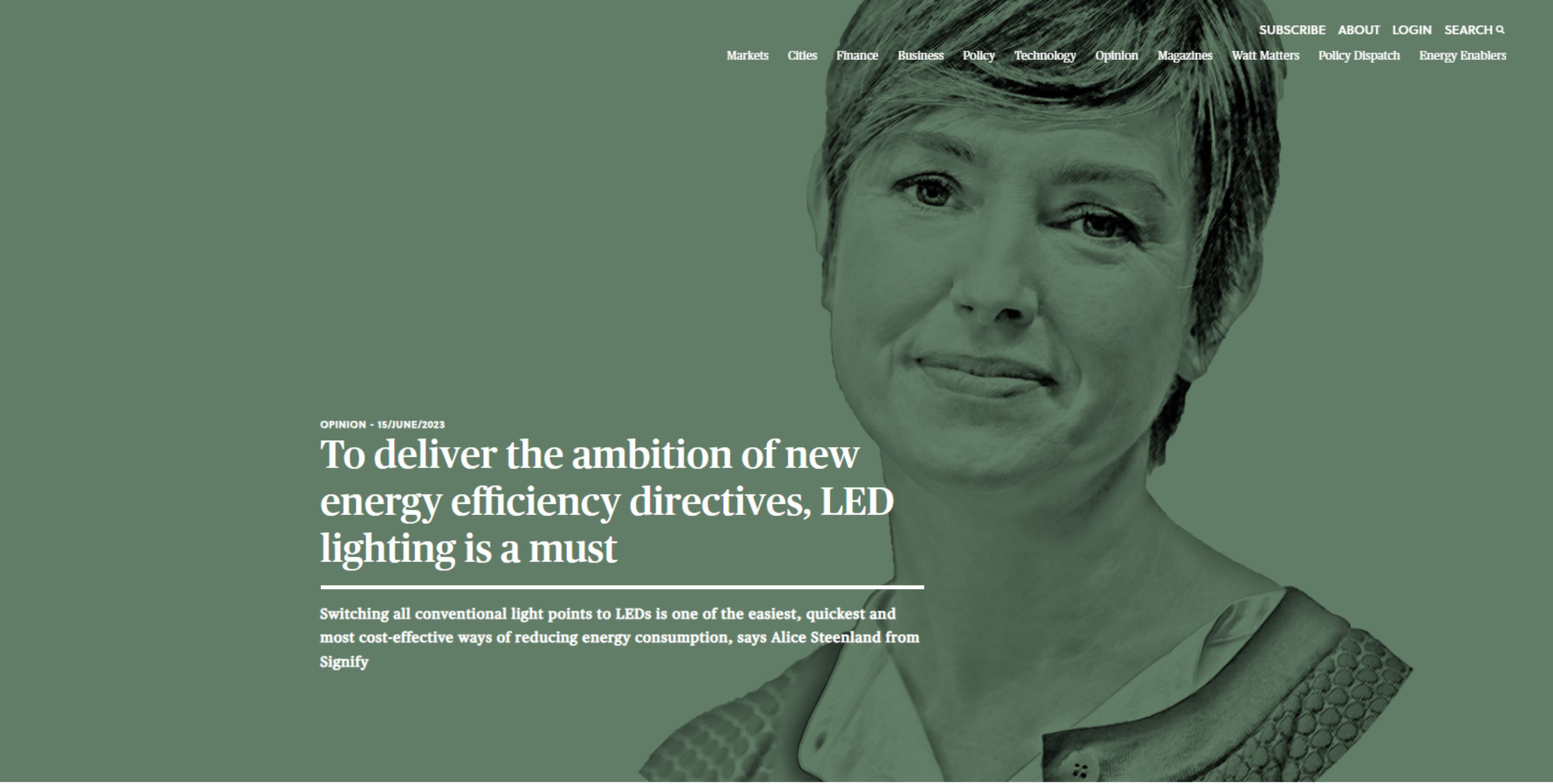Interview: Brussels must not give up on EU green buildings law

“This Commission started on the good foot with the launch of the Renovation Wave and the New European Bauhaus. It must now think about its legacy and avoid simply giving up on the EPBD” the European Alliance to Save Energy (EU-ASE) President Monica Frassoni told Frédéric Simon of Euractiv.
The European Commission led by Ursula von der Leyen started its mandate on the good foot when it comes to energy efficiency policies. It must now think about its legacy and hold firm on the Energy Performance of Buildings Directive (EPBD), which is coming under attack from Eurosceptics in Italy and elsewhere, says Monica Frassoni.
She spoke to EURACTIV ahead of the second edition of the European Energy Efficiency Day, taking place on 12 October in Brussels and online.
Interview highlights:
- The revised Energy Efficiency Directive (EED) and measures adopted during the gas crisis to lower energy prices are “a clear improvement from the past”.
- Yet, it is “not enough” because the emphasis in Europe remains on supply-side policies instead of how to reduce energy needs.
- Legal loopholes were also added to the EED, allowing continued subsidies for fossil fuel boilers as well as new investments in gas infrastructure.
- Now that the EU Commission is approaching the end of its mandate, it must make a final push on the Energy Performance of Buildings Directive (EPBD), which is coming under attack from countries like Italy and Germany.
- “At this point, critics of the EPBD just need to read the proposal,” which has been amended to alleviate concerns about the costs of renovation for homeowners.




